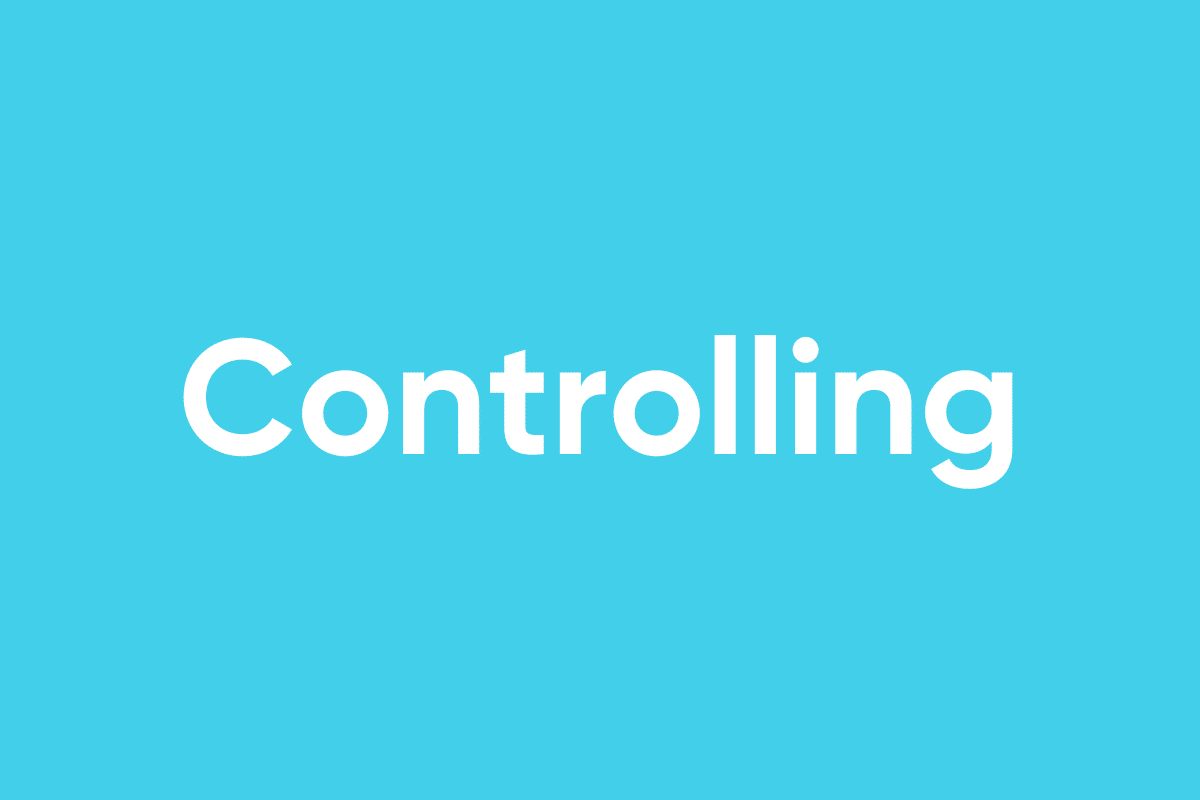PR and marketing are separate disciplines in many companies. Social media is an important channel for both. In the expert conversation, Konstanze Pflüger, Vice President Communications at Data4Life, and Michelle Gerstberger, Head of Marketing at FLEX Capital, exchange their experiences and best practices.
Konstanze, how do you approach social media, and what role do you think social media plays in PR and communications?
Konstanze: A presence on social media is increasingly expected from companies – by customers, investors, and job applicants. It’s now an integral part of a communication strategy and holds a similar importance as having a website.
For which objectives in PR is social media particularly suitable?
Konstanze: When social media presence is well executed, it contributes to the consistency of the company’s brand and strengthens employer branding. It allows for deeper insights and the building of a community. When the company or individuals are featured in the press, these articles can be shared on social networks. Social media can support traditional PR in this way, as it often reaches a different audience on these platforms. The desire is, of course, for a post to go viral. However, even without the viral effect, depending on the topic, you can reach many more customers, investors, potential applicants, or even some media representatives through social media than through other methods, such as traditional press releases.
What tips do you have for achieving a large reach on social media?
Konstanze: The key is to set up social media strategically and to persevere, even if you only get three likes at the beginning. You can’t generally predict which format or post will generate reach; you have to experiment a lot. For instance, if employees are proud of their company’s content, the company’s posts are more likely to be shared. This naturally helps improve reach, as each employee has their own network. Tagging other companies or partners and promoting campaigns through sponsored posts can also help increase reach.
For a few weeks or even months, you should test various strategies to see what works. This also changes because the algorithms of the networks evolve. It helps to stay informed and up-to-date on the new features that the networks themselves promote. Sooner or later, you’ll start to see results – whether in the form of leads, brand recognition, or purchases. This often intersects with marketing as well. The success of traditional PR can be difficult to measure. In the past, metrics like advertising value equivalency were used, but with the increasing variety of action-based advertising formats, such metrics are becoming less meaningful. Additionally, they were based on print media. Social media can offer more meaningful KPIs, especially because most networks have integrated analytics tools.
You can’t generalize which format or post will generate reach; instead, you need to experiment a lot.
What role does social media play in your marketing strategy?
Michelle: Strategy is also the foundation for us. Which target groups do we want to address? Which platforms does the target group use? Which formats fit the target group and platform? The content is aligned with the problems of the target group. Where can a company offer solutions? For this purpose, we regularly distribute content, both organically and through paid methods. That depends on the objective. One company can directly sell its products through a social platform, while another might want to first establish its positioning or collect customer email addresses. We then track how successful different measures are. Qualitative data like comments and messages are also relevant when properly analyzed.
Konstanze: I believe that everyone who manages social media in the company, whether from the marketing or communications department, develops a sense of the target audience over time. This is an additional feedback channel and in itself a tremendous value, especially in the startup environment.
Wie sieht denn ein typischer Arbeitstag auf Social Media bei dir aus?
Konstanze: Morgens gucke ich mir zuerst an, was auf den verschiedenen Kanälen gelaufen ist. Ich gucke, wie haben unsere letzten Posts performt? Gibt es Benachrichtigungen, auf die ich reagieren muss? Mittags schaue ich auch nochmal rein. Außerdem gucke ich auf den Plattformen, womit sich relevante Redakteure befassen, was die Branche beschäftigt und überlege, wie wir uns dazu positionieren können – auf Social Media, aber auch im Dialog mit Journalisten.
When I handle social media alone, I usually have more or less in mind what I share when and where. Often, it’s about two or three posts per week. I plan the posts in a dedicated social media calendar. If there are several people in the team, at least a small editorial plan needs to be created, and coordination is necessary to clarify who is responsible for creating which posts and related visuals.
I often make sure that the topics are diverse depending on the company. I usually publish in the morning and afternoon, as many users check social media briefly before work and during their lunch break. But that also depends on the platform, and you can check the corresponding statistics provided by the networks. It’s not possible to generalize which days of the week are better: For some companies, posts perform well on Fridays or Saturdays because many users engage with the topics over the weekend. However, for other companies, there is no interaction at all on weekends. It depends on the product, the platform, and the target audience.
What does social media work look like for you, Michelle?
Michelle: We have a content plan where we pre-schedule content for the upcoming weeks. Some content formats require relatively more time in preparation, such as videos or expert articles. In the week of publication, I already prepare content for the following weeks, and then it’s about analysis: What performs well, what performs less well? This can require a significant amount of time. And as you’ve already mentioned, one also has to observe what’s happening in the industry and whether one can react to something in real-time.
Konstanze: Agenda surfing is indeed significant in PR. It involves identifying what is currently a public topic and how we, as a company, can engage with it and position ourselves. A few years ago, this was seen with the Ice Bucket Challenge, and during the early days of the pandemic, it was the remote work theme. However, with such topics, you always need to act quickly.
Michelle:Absolutely, it’s a valid point. In addition to maintaining the company’s brand presence, there might also be individuals who want to establish their positions on specific topics through social media. Alongside the company’s content strategy and daily research efforts, one might have to manage one or two more profiles that require nearly the same level of investment.
Which content formats do you primarily create for social media?
Konstanze: It depends on the specific communication strategy. If a company wants to use social media for employer branding and aims to appear very human and approachable, they can introduce employees and provide deeper insights through videos and photos. Usually, companies share a lot of text content, such as articles published on the company blog and shared on social media, or articles that have reported on the company. Depending on the team’s setup, some formats are easier to create than others. Creating videos, for example, requires more time compared to images.
Michelle: Currently, for example, we summarize important statements from articles in videos that we then share on social media. When users see a person they might find likable, it builds a higher level of trust. In such cases, the effort to produce a video can be worthwhile. In general, I always consider: Who is the intended audience for this content? A CEO has limited time. The message needs to be concise and to the point. This could be a slider with a few bullet points or an article with graphics and subheadings that can be easily scanned. For other personas who want to delve deeper into a topic, a link to an in-depth webinar might be a better format.
Konstanze: Building a strong brand solely through social media can be challenging; other channels, both online and offline, are also necessary to capture the attention of the target audience. Marketing and communication should ideally work together to manage branding efforts. When discussing employer branding, it’s beneficial to involve HR, and for product communication, sales or customer support should also be included. Every company should have a clear message and a firm understanding of its identity and values.
In the startup industry, the concept of branding has gained increased prominence in recent years. Elements of branding have always been a part of communication practices: Consistency across all channels is essential, and strategies are devised to position company leadership as experts or thought leaders. This can be achieved through interviews and background discussions in traditional media, as well as effectively through social media platforms by sharing personal statements, articles, and interviews. When everyone from the marketing and communication teams contributes their expertise, it can result in something remarkable for the brand.
Michelle: Yes, I absolutely agree with you. It’s important to define in advance the exact brand you want to build and then consistently create content that aligns with the brand and provides value. In the B2B sector, I often encounter the fear of revealing too much internal information, but from my perspective, you can only gain by sharing knowledge that benefits others.
Ideally, marketing and communications should work together to address the issue of branding.
What are the biggest mistakes PR and marketing can make on social media?
Konstanze: Avoiding inconsistencies between individual social media channels as well as other marketing activities like newsletters and websites is crucial. The content also needs to align with the person behind it. It must be authentic. Furthermore, understanding the basics of social media can help maximize its impact. Often, these basics are simple things like tagging your own company’s account when sharing a post on LinkedIn, or not starting a tweet with an “@” symbol on Twitter.
Michelle: From my perspective, the biggest mistake is doing nothing or hesitating for too long because of perfectionism with every single post. The platforms are so fast-paced that it’s okay if a post trying something new doesn’t perform well. There’s always something to learn from a post that doesn’t work. Consistency is important. You should publish something every week, otherwise, you won’t be able to build a relationship with the users.
You should publish something every week, otherwise you won’t manage to build a relationship with users.
How should marketing and PR work together in your view?
Konstanze: First and foremost, they should collaborate in the first place. In the past, I’ve often seen both departments working completely separately. But in the end, marketing is also a form of communication with the customer. It might have a different tone, but the goals are similar to those of PR. Having a weekly joint meeting can help to align, exchange ideas, and co-create campaigns together.
Michelle: I completely agree. In small companies, one person can handle both roles effectively. If there are two separate teams, it’s essential to work closely together. You can achieve more by approaching topics from both sides, gaining reach, and focusing on measurability.













